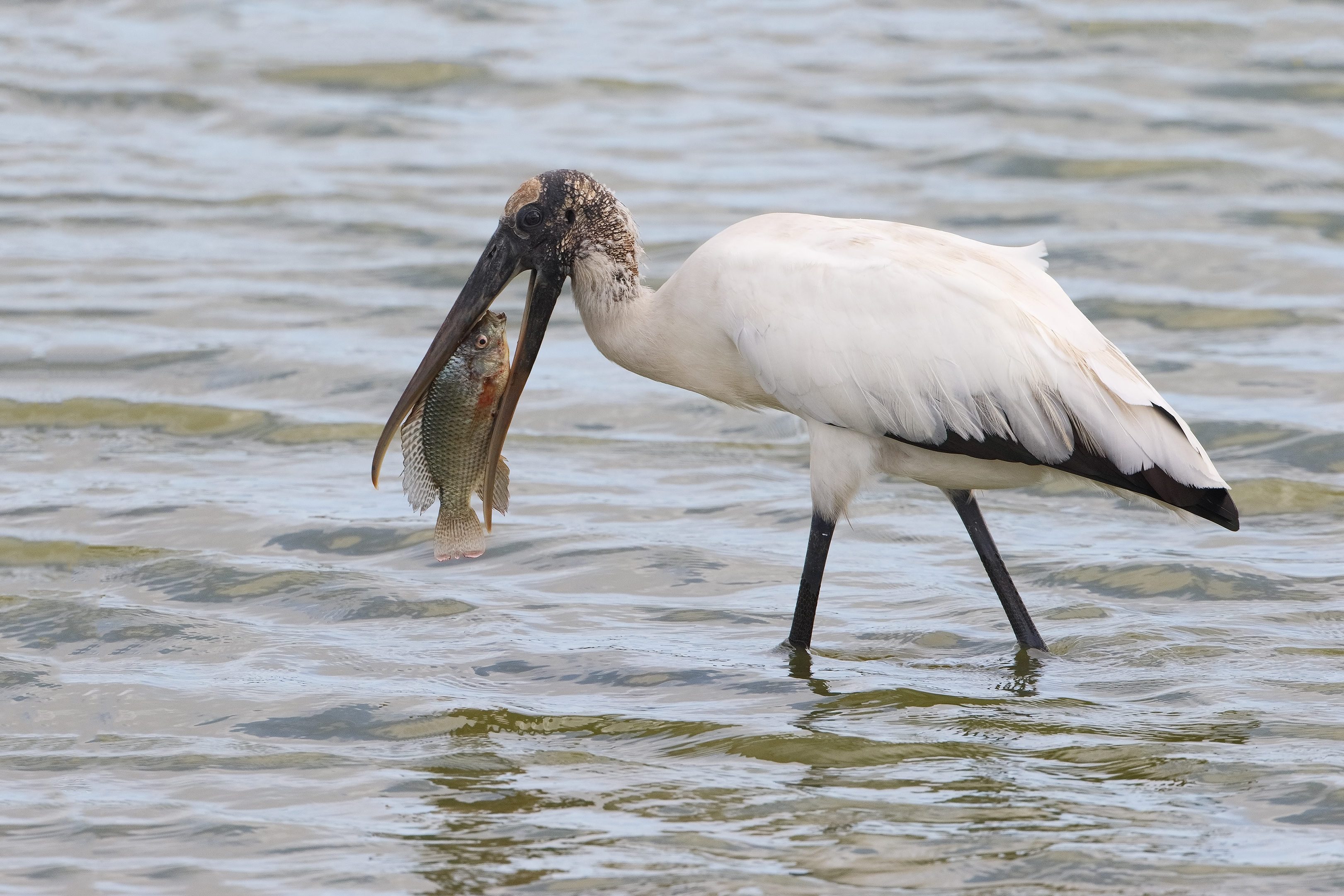
The Python Predicament: A Deep Dive into the Burmese Python’s Impact on Florida’s Ecosystem
The invasive Burmese python has recently come under the spotlight due to astounding revelations about its predatory nature. Researchers have confirmed that these enormous snakes can swallow prey that is almost equal to their own body weight, which includes large mammals such as deer and alligators. This finding raises urgent concerns regarding the ecological dynamics in South Florida, particularly in the Everglades.
The Burmese python has become a significant threat to local wildlife.
Understanding the prey size that a predator can consume is crucial for predicting ecological impacts. This became evident during a field study in December 2022 when biologists encountered a nearly 15-foot female Burmese python consuming a 77-pound white-tailed deer. Ian Bartoszek, a wildlife biologist from the Conservancy of Southwest Florida, described the experience as one of the most intense moments he has witnessed during his fieldwork.
“For us biologists, this was the most intense thing we’ve ever seen on assignment. This was as primal as it gets.”
Bartoszek, along with his team, utilizes radio telemetry to track python movements and better understand their behavior. They were alerted to the scene and arrived to witness the snake in action, showcasing the raw and brutal realities of the food chain. The python’s ability to consume such large prey exemplifies the predatory pressures placed on native species in Florida’s fragile ecosystems.
The Weight of Predation
Burmese pythons can consume meals that weigh up to 100% of their body mass. In the incident recorded, the python swallowed nearly all of the deer, highlighting its anatomical adaptations that allow it to grasp and consume large prey. This finding is significant, not only because it’s a first-hand observation in the wild but also because it underscores the severity of the threat these pythons pose.
Burmese pythons can decimate local wildlife populations.
Further assessments reveal that these nonvenomous constrictors engage in a method of hunting that involves ambushing and coiling around their prey. Bartoszek explains this specialized hunting strategy involves gripping the prey, potentially targeting vulnerable spots like the neck, which further exemplifies the efficient predation model exhibited by pythons.
This gruesome spectacle reflects a more extensive ecological issue occurring throughout the Everglades. The U.S. Geological Survey (USGS) has documented alarming declines in numerous mammal populations since the establishment of Burmese pythons in the region. Raccoon populations have plummeted by an astounding 99.3%, while bobcats have declined by 87.5%. These threats to native species raise questions about the dire consequences of biodiversity loss caused by invasive species.
An Ecosystem in Peril
Burmese pythons were added to the Florida’s Prohibited Nonnative Species List in 2021 due to their aggressive reproduction and voracious eating habits. States like Florida have taken proactive measures to curb their population, including the Python Patrol program, which employs bounty hunters to capture these formidable snakes. Yet, the damage inflicted upon the ecosystem appears to be extensive and complex.
“Imagine just thousands and thousands of pythons eating their way through the Everglades,” Bartoszek said, underscoring the urgency of the situation.
Each captured python provides a temporary relief, but the sheer numbers and breeding habits of these snakes often lead to questions about the sustainability of removal efforts. It is a relentless battle to preserve Florida’s unique ecosystem from our nonnative invader.
 What’s left of native wildlife in the wake of invasive species.
What’s left of native wildlife in the wake of invasive species.
Conclusion
As someone deeply invested in understanding the balance of our ecosystems, witnessing the transition of Florida’s native wildlife into precarious situations due to invasive species like the Burmese python is disheartening. Awareness is key. We have to recognize the pressing challenges faced by local wildlife in order to develop comprehensive strategies that safeguard our natural heritage. The juxtaposition of nature’s elegant design and its capacity for brutality serves as a profound reminder of the delicate balance that exists within our ecosystems. Let’s work together to ensure that it is balanced in favor of our native species.
In sharing these experiences, it is essential to understand what wildlife struggles against in the greater ecosystem of the Everglades.














